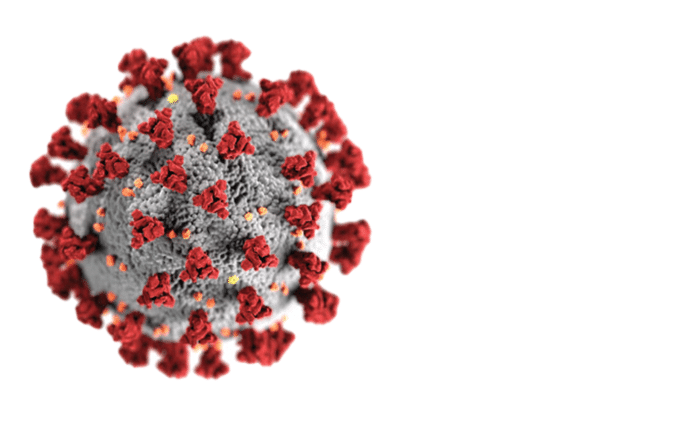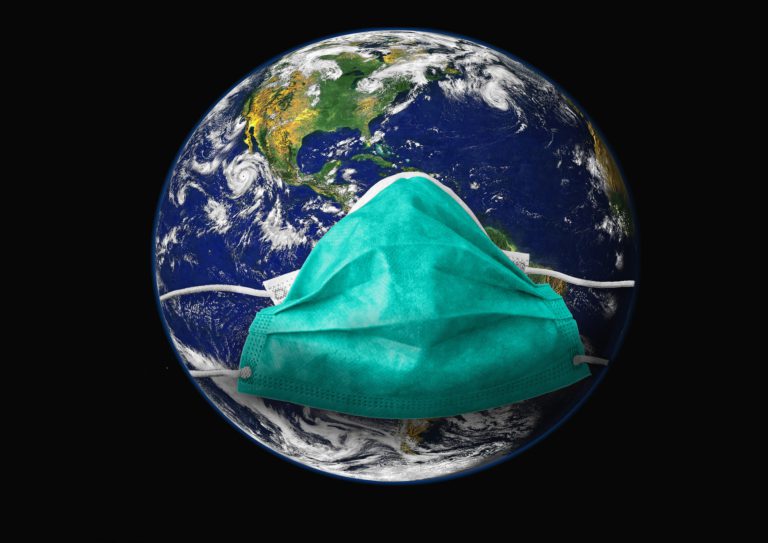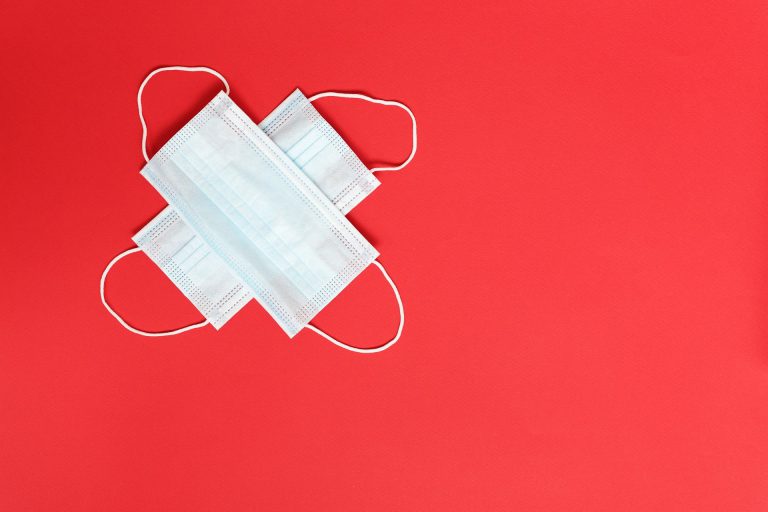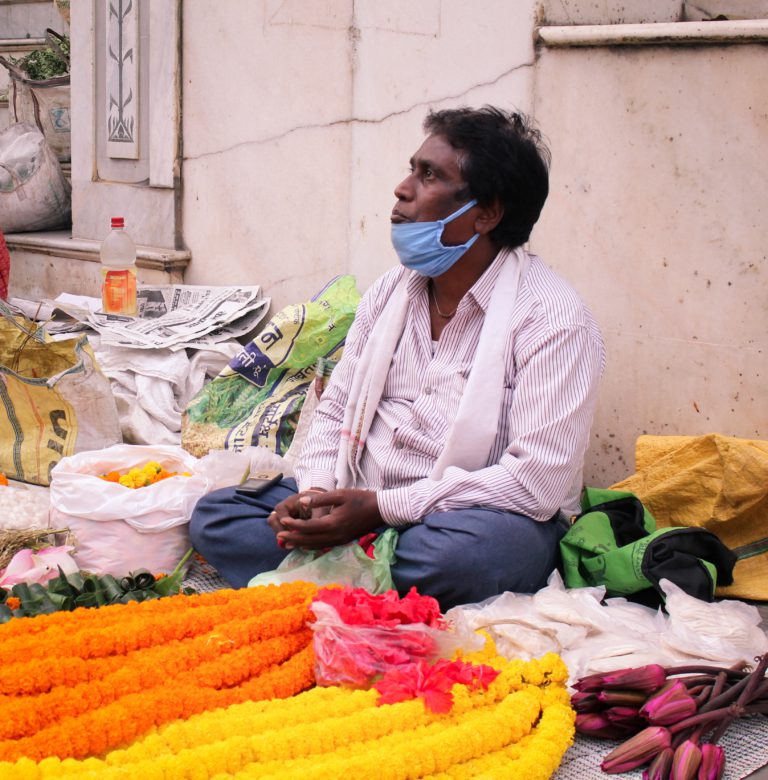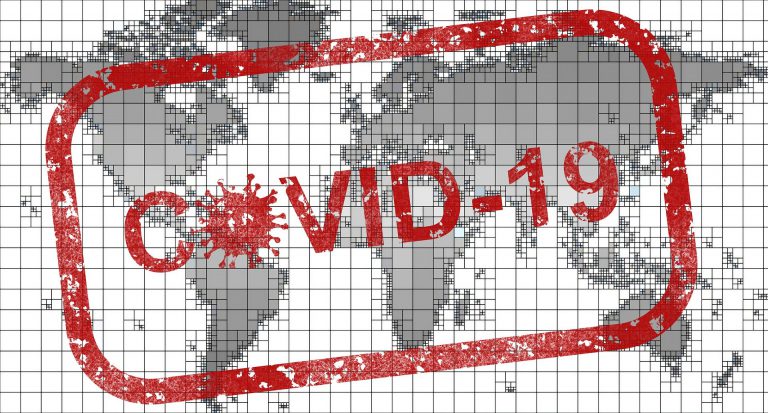How Superspreader Events Impact the Spread of COVID-19
For the past six months, the Coronavirus has traversed the globe, infecting one person after another. The novel virus poses a particular threat to people living with diabetes and can even cause diabetes in otherwise healthy individuals. Early on, researchers estimated that a person carrying the Coronavirus would, on average, infect another two to three people. More recent studies indicate that this figure may actually be higher and at times be transmitted by a select few individuals or so-called “superspreaders”.
Epidemiologists describe “superspreaders” as those who infect a significantly high number of other people. In the context of COVID-19, it hasn’t been narrowed down how many infections someone needs to cause to qualify as a “superspreader”. Whether an infected person turns out to be a “superspreader” or not depends on a combination of the pathogen, individual immune systems or the distribution of virus receptors in their bodies, but mainly their environment and behavior. A person’s social behaviors, travel patterns and degree of contact with others can contribute to superspreading.
Up to 50% of all of those who get COVID-19 are asymptomatic and may continue their normal activities and inadvertently infecting more people. Even people who ultimately do show symptoms are capable of transmitting the virus during a pre-symptomatic phase.
Several recent studies have shed light on the troubling role of superspreading in COVID-19’s dispersion around the globe. Researchers in Hong Kong examined a number of disease clusters by using contact tracing to track down everyone with whom individual COVID-19 patients had interacted. In the process, they identified multiple situations where a single person was responsible for as many as six or eight new infections. The researchers estimated that just 20% of those infected with the Coronavirus were responsible for 80% of all local transmission. This means that coronavirus transmission more or less follows the 80/20 Pareto Principle (named after Italian economist Vilfredo Pareto), i.e. 80% of all consequences come from just 20% of the possible causes.
Although it isn´t possible to medically diagnose “superspreaders”, their evident impact can be limited. Contact tracing is critical for identifying potential carriers and isolating them and anyone they have been in contact with. This keeps “superspreaders” from moving around and spreading the virus. Epidemiologists also point to mitigating the “three Cs” of transmission: closed spaces with poor ventilation, crowded settings, and close contact with others.
That brings us to “Superspreader Events” – gatherings where the number of cases transmitted will be disproportionately high compared to general transmission. Events like birthday parties, bar nights, and even choir practice, seem to be the culprits in an outsized number of COVID-19 infections. It is worth keeping in mind that the risk of infection seems significantly higher in closed spaces than outdoors and indications suggest that the Coronavirus is not only transmitted via droplets and surfaces, but also by airborne transmission. This means the virus can linger in small and badly ventilated spaces in aerosol form.
Bringing together a “superspreader” and a “superspreader event” can be a deadly mix. It is therefore suggested that one avoid crowded, closed indoor spaces, especially without any sort of personal protective equipment like masks. Selecting outdoor seating and maximizing ventilation in an indoor setting may be the way to go along with limiting the number of people inside a room and continuing to keep individuals spaced apart.
Let´s all take the precautions needed to avoid becoming a “superspreader” and help to control the novel virus that’s changing all of our lives.




